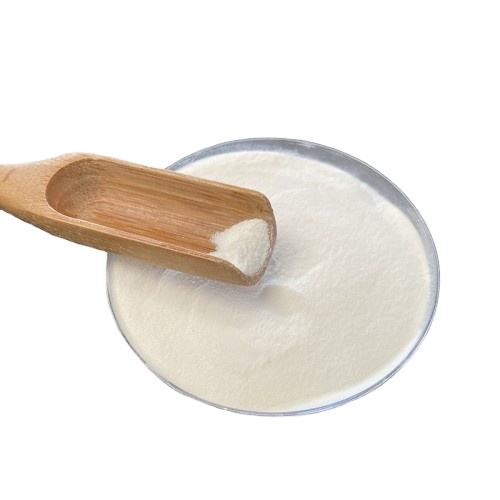Subtitle: From Food to Fertilizers – Understanding This Essential Chemical
This multifunctional chemical plays critical yet often overlooked roles across food production, agriculture, and manufacturing, with proper handling ensuring its safe application.
When consumers notice phosphoric acid on a soda can’s ingredient list, few realize they’re encountering the same compound that enables agricultural fertilizers and industrial metal treatment. This colorless, odorless workhorse chemical represents a cornerstone of modern production processes.
Essential Food Applications
In the food industry, phosphoric acid serves multiple crucial functions beyond basic acidity regulation. As an acidulant, it provides the characteristic tartness in colas and other soft drinks, balancing sweetness and enhancing flavor perception. Its antimicrobial properties contribute to food safety, while its chelating ability helps maintain color and texture in processed foods.
The U.S. Food and Drug Administration classifies food-grade phosphoric acid as Generally Recognized as Safe (GRAS), confirming its safety for consumption at approved levels. Contrary to popular misconception, the phosphoric acid in foods contributes minimally to dietary phosphorus intake compared to natural sources like dairy and legumes.
Critical Industrial Uses
Beyond food applications, phosphoric acid demonstrates remarkable versatility. The fertilizer industry consumes approximately 80% of global production, transforming it into phosphate fertilizers essential for modern agriculture. These compounds provide the phosphorus necessary for plant energy transfer and growth – fundamentally supporting global food security.
In industrial settings, phosphoric acid enables metal surface treatment through phosphating. This process creates corrosion-resistant coatings on steel and other metals, extending product lifespan in everything from automobiles to appliances. The compound also serves as an intermediate in pharmaceutical manufacturing and finds use in water treatment operations.
Safety and Sustainability
Industrial handling requires appropriate safety measures as concentrated phosphoric acid can cause irritation upon contact. However, proper manufacturing controls and workplace protocols effectively manage these risks. Environmental regulations govern phosphate-containing runoff to prevent potential ecosystem impacts.
Ongoing research focuses on improving phosphate recycling and recovery methods, creating more sustainable production cycles for this essential chemical. Innovation in manufacturing processes continues to enhance efficiency while reducing environmental footprint.
Post time: Nov-17-2025





